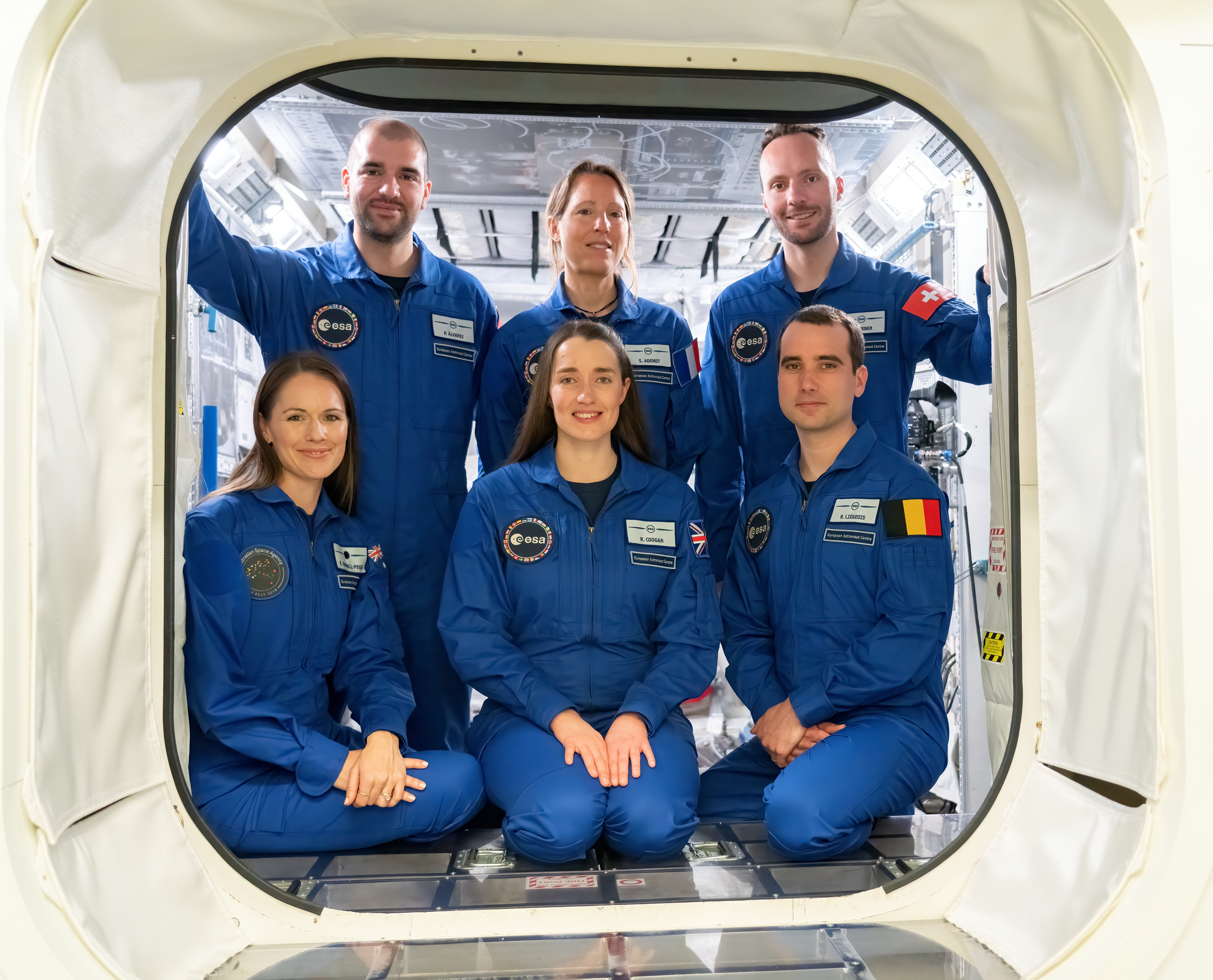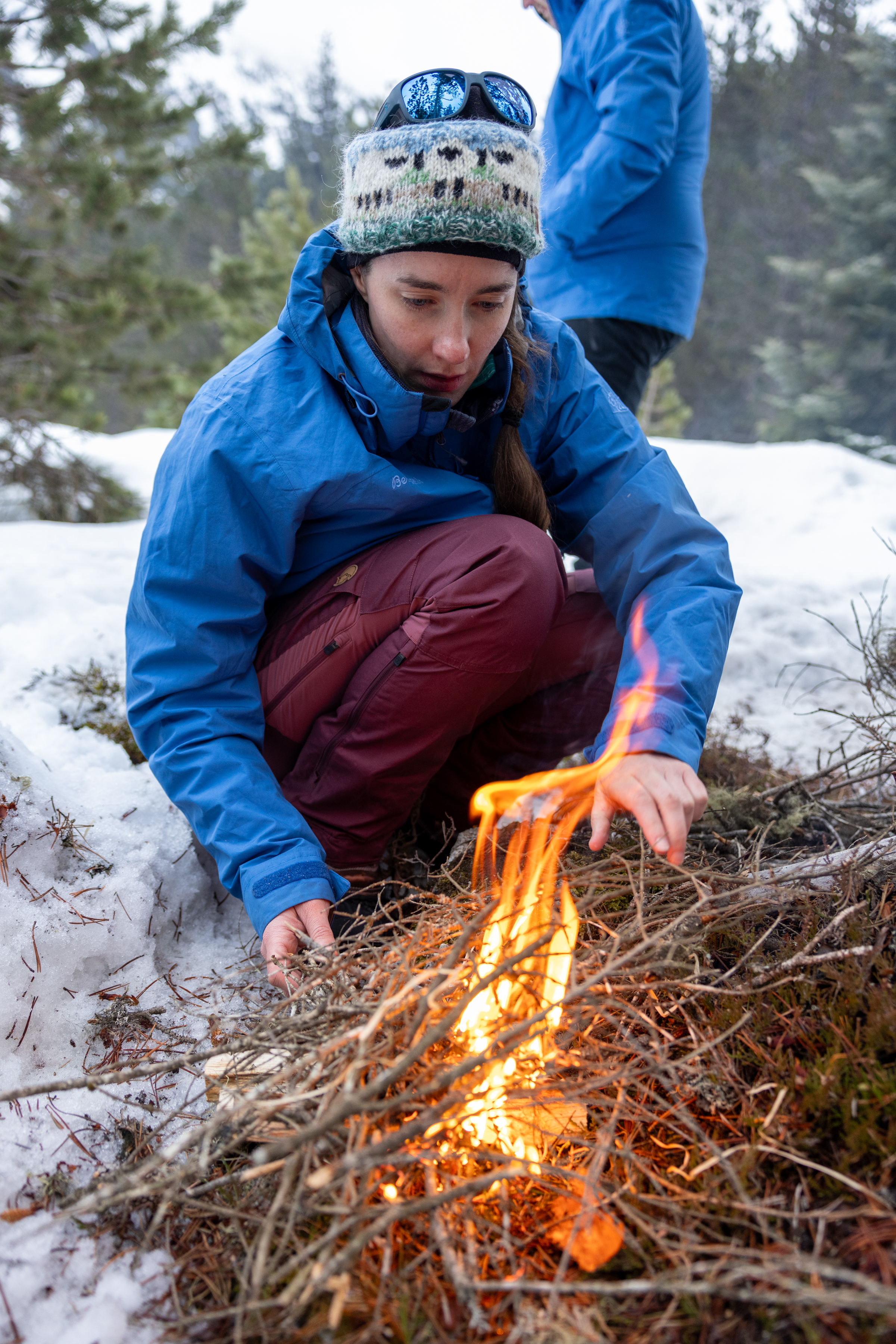Not many people encounter weightlessness in their day jobs, but for Rosemary Coogan, the UK’s newest astronaut, it was an “extremely exciting” experience where she had to overcome the temptation to “swim” in microgravity, and perform CPR while anchored upside down.
Just a week before gaining her astronaut wings, Ms Coogan and her colleagues were given access to what the European Space Agency (ESA) described as “a taste of space” in the final leg of their basic training.
The new generation of ESA astronauts boarded Airbus’s “Zero G” A310 plane for their first parabolic flight experience with the agency, where the aircraft was manoeuvred to create short periods of weightlessness or microgravity conditions.
Ms Coogan said the initial focus was on learning how to move without the constraints of gravity.
When a crew of astronauts comes back to Earth, there’s always a chance they might not land where the ground teams are – having to wait many hours or even days before they can be reached.
We’ve been learning how to survive in freezing environments in case of such an event -… pic.twitter.com/AaPM6kkypY
— Rosemary Coogan (@Astro_Rosemary) March 18, 2024
She said: “There was a lot of emphasis on some simple things, like just moving around.
“It is actually quite difficult and there is a temptation to try and swim, which is not at all appropriate, as we found out quite quickly.”
This is because while movements in microgravity do not require any effort, stopping and controlling one’s motion need practice.
And without the resistance provided by gravity, even a tiny movement can cause uncontrollable spinning or floating too far.
But Ms Coogan and fellow ESA astronauts – Sophie Adenot from France, Pablo Alvarez Fernandez from Spain, Raphael Liegeois from Belgium, and Marco Sieber from Switzerland – were quick to learn and, during their second flight, the crew took turns to handle tools such as screwdrivers, and moved along the cabin using tethers, handrails and spacesuit gloves.
She said: “We were using essentially a kind of electric screwdriver, and you realise that when you start (using it), you end up turning, rather than the screwdriver, and you need to anchor yourself down to have that working effectively.”
In another exercise Ms Coogan performed CPR on a dummy, while anchored upside down.
She said: “If you tried on-Earth techniques for CPR in weightlessness, you would find that instead of pushing down on the patient, you would instead float up and away, so you need to anchor yourself.
“You can solve this by doing CPR upside down, with your feet on the “ceiling” (the wall opposite the patient), and using your legs to provide the pushing force.
“It was striking to be reminded that techniques needed in an emergency can differ hugely on the space station than what we’re used to on Earth.”

Also known as the “vomit comet”, the zero-gravity spaceflight can make astronauts feel ill, but Ms Coogan said that she and her colleagues had found the right medication and strategies that worked.
She said: “It is really important to explore these boundaries and, luckily, none of us were sick.”
Ms Coogan said that while parabolic flight was “wonderful”, her most rewarding experience was the winter survival training in the snowy mountains of the Spanish Pyrenees – which prepares them for the possibility of a spacecraft landing in a remote or unexpected location.
Skills included learning how to create fires in the wilderness, managing cold-related injuries and hypothermia, constructing makeshift stretchers, building snow shelters and enduring sub-zero temperatures.
Ms Coogan said: “There was a real emphasis on getting to know yourself and how to look after each other within the team, and really having a proper situational awareness of exactly what kind of nature you were in and how to live in an emergency situation.
“I think the combination of practical skills, with the fact it was team-based, was really well done.
“I felt it was a really special experience.”

An astrophysicist with two master’s degrees from Durham University and an astronomy doctorate from Sussex, Ms Coogan was selected to join the ESA’s astronaut training programme in 2022, after beating more than 22,500 applicants.
She said: “I have always wanted to be an astronaut and I feel so incredibly lucky to have reached this point and be eligible to be assigned to a flight now.
“It has been a really long-standing dream and I have always been very interested in space, and before starting this training, I was doing research in astrophysics – so I was working in space, but in a very different way.
“And now the idea to be able to actually go to space and help the teams on ground to carry out science in space itself is very, very much a dream come true.”
Ms Coogan, who was born in Northern Ireland, is the UK’s third astronaut, following Helen Sharman, who became the first Briton in space in 1989, and Tim Peake, who went to the International Space Station (ISS) in 2015.
As part of the next steps, she and her colleagues will take part in pre-assignment and mission specific training, which could result in long-duration missions to the ISS.
Ms Coogan said: “As an astronaut, a very special part of the job is the possibility to share this journey and experience to hopefully inspire younger generations to be interested in space.
“What I would really say to anybody who does feel inspired is to keep pursuing what you are interested in and to absolutely go for it.”




Comments: Our rules
We want our comments to be a lively and valuable part of our community - a place where readers can debate and engage with the most important local issues. The ability to comment on our stories is a privilege, not a right, however, and that privilege may be withdrawn if it is abused or misused.
Please report any comments that break our rules.
Read the rules here